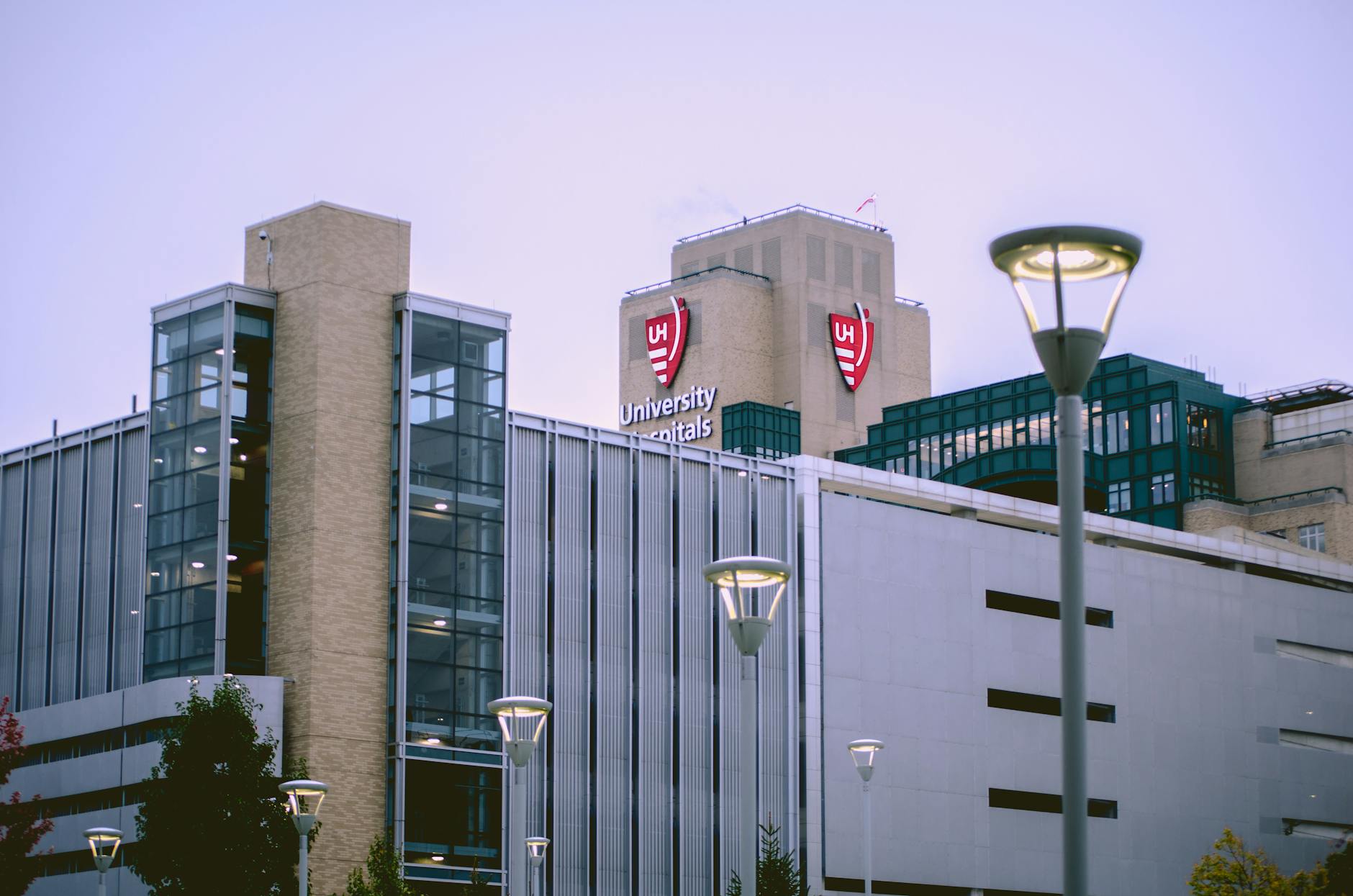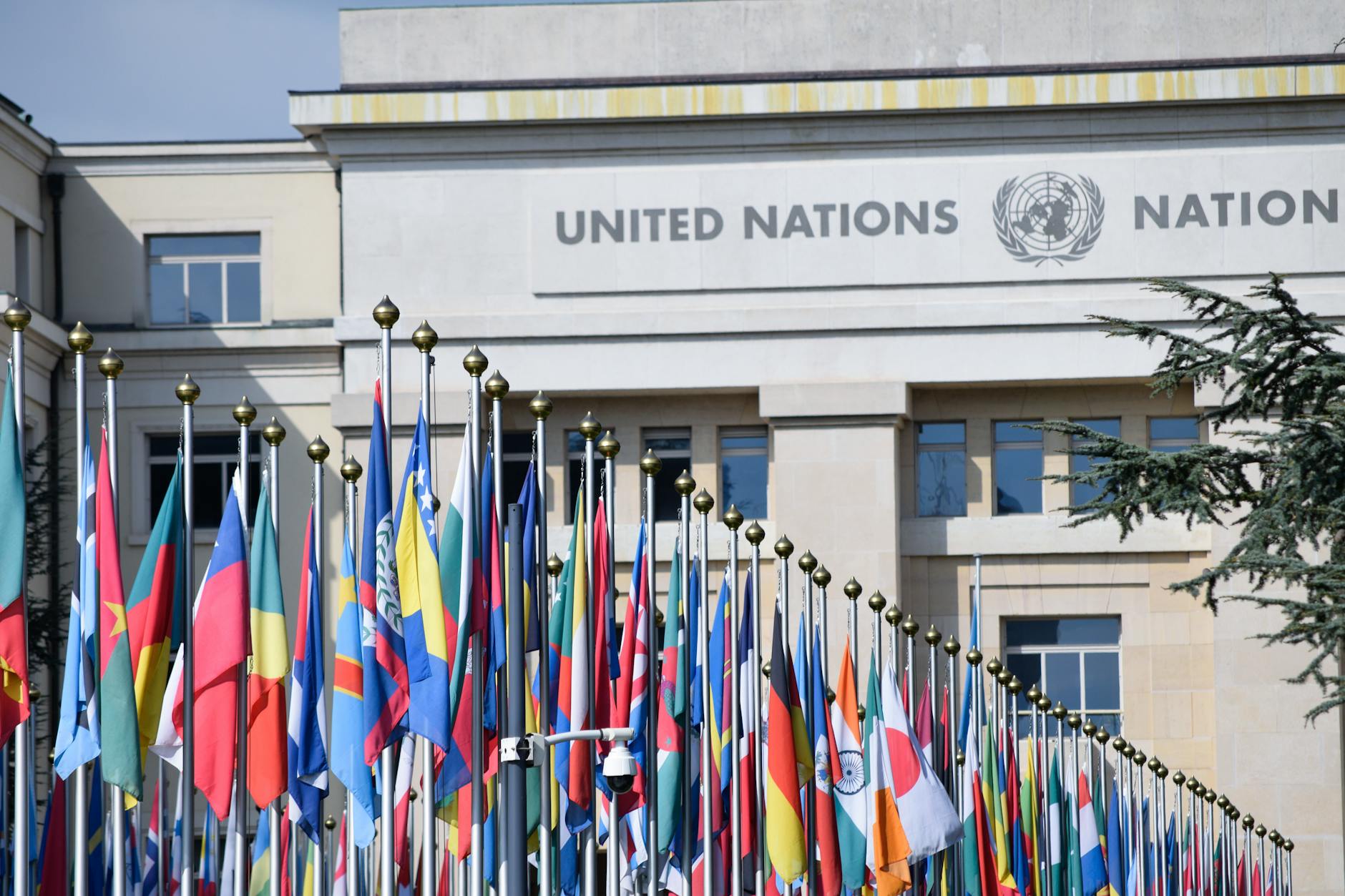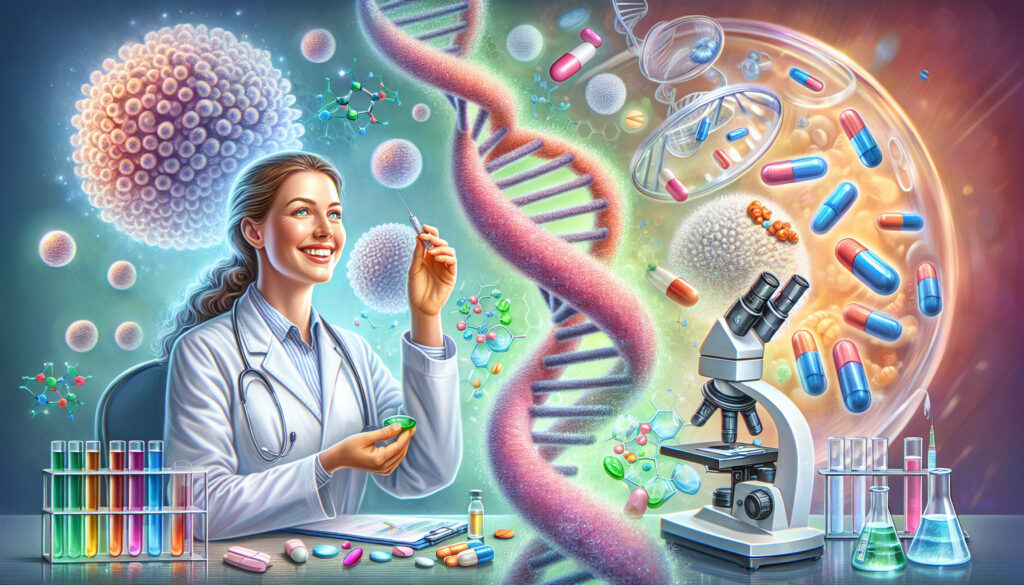
Remember March 2020 – Covid ? When we all thought we’d be working from home for just two weeks? Five years later, we’re still unpacking what happened.
The pandemic didn’t just change our Zoom backgrounds and make sourdough starters a personality trait. It fundamentally rewired how societies function, how businesses operate, and how we view public health lessons from COVID-19 pandemic response efforts around the world.
What you’ll find here isn’t another timeline of events. It’s the deep, uncomfortable lessons we can’t afford to forget as we face whatever comes next.
And trust me – the fifth lesson is the one nobody’s talking about, but everyone in power should be.
The Critical Importance of Healthcare Infrastructure

How healthcare systems worldwide were pushed to their limits
The COVID-19 pandemic ripped the band-aid off healthcare systems everywhere, exposing cracks we’d been patching for decades. Hospitals from Milan to New York became war zones overnight. Remember those haunting images of patients in hallways, makeshift ICUs in parking lots, and doctors wearing trash bags as PPE?
It wasn’t just the lack of ventilators or hospital beds that shocked us. The pandemic revealed how fragile our “advanced” healthcare systems really were. Countries that looked great on paper stumbled when hit with reality. Systems designed for efficiency rather than surge capacity buckled under pressure.
In many regions, doctors made choices no medical professional should ever face – deciding who received care when resources ran out. Triage protocols once reserved for battlefield medicine became everyday reality in modern hospitals.
Supply chains collapsed too. The global scramble for masks, gloves, and basic supplies turned allies into competitors. Countries with domestic manufacturing capacity fared better than those dependent on imports. But almost everyone got caught with their pants down.
And let’s talk about the data systems. Many countries couldn’t even track cases properly. Public health departments were using fax machines and Excel spreadsheets to manage a 21st-century crisis.
The value of investing in medical research and development
The pandemic showcased both the triumph and failure of our investment approach to medical R&D. On one hand, we developed vaccines at unprecedented speed. What normally takes 5-10 years happened in under 12 months. That’s nothing short of miraculous.
But this miracle didn’t happen by accident. It built on decades of research into mRNA technology that had been quietly developing since the 1990s. The companies that succeeded had been investing in these platforms long before COVID hit. When crisis struck, they adapted existing research rather than starting from scratch.
Meanwhile, the gaps in our research priorities became painfully obvious. We’d underinvested in pandemic preparedness, antiviral treatments, and respiratory diseases despite repeated warnings from experts. Drug companies had little financial incentive to develop treatments for potential rather than actual diseases.
Public funding for basic research proved absolutely critical. Government grants and academic institutions laid the groundwork that private companies then built upon. Countries that had maintained strong public research funding were better positioned to respond.
The pandemic also accelerated innovation in clinical trials. Remote monitoring, decentralized testing, and real-world evidence gathering evolved more in one year than in the previous decade. These improvements will benefit medical research long after COVID is behind us.
Why healthcare worker support and retention became essential
The applause for healthcare heroes faded faster than the pandemic did. Behind the scenes, what we really witnessed was an unprecedented burnout crisis. Nurses, doctors, and support staff worked brutal hours under impossible conditions, often without adequate protection.
The physical toll was staggering. Many healthcare workers caught COVID themselves – some multiple times. Others developed chronic conditions from the prolonged stress and physical demands. By mid-2021, surveys showed nearly 60% of healthcare workers reporting symptoms of burnout, depression, or PTSD.
But it was the emotional burden that broke many. Holding iPads as patients said goodbye to families. Watching colleague after colleague fall ill. Making impossible choices about patient care. These experiences left scars that will never fully heal.
Staff shortages, already a problem before COVID, reached crisis levels. Experienced nurses left in droves – retiring early, switching careers, or moving to less stressful roles. Hospitals increasingly relied on travel nurses at premium rates, creating financial strain and team instability.
The pandemic forced a reckoning about how we treat healthcare workers. Better pay matters, but so do reasonable hours, psychological support, adequate staffing, and meaningful input into workplace decisions. Countries and systems that had invested in workforce wellbeing before the pandemic demonstrated better resilience during it.
How telemedicine transformed patient care accessibility
Before COVID, telemedicine was a nice-to-have option that most patients and doctors rarely used. Within weeks of lockdowns, it became the default way to deliver non-emergency care.
The numbers tell the story. One major U.S. health system went from 20 virtual visits per day in February 2020 to over 14,000 daily by April. What would have taken years of gradual adoption happened in a matter of weeks.
Patients discovered benefits they never expected. No more taking half a day off work for a 15-minute appointment. No struggling to find childcare or transportation. No sitting in waiting rooms with other sick people. For rural patients, access to specialists without hours of travel became possible.
Healthcare providers found unexpected advantages too. They could see more patients in a day. They gained windows into patients’ home environments. For mental health providers especially, virtual sessions often revealed more authentic patient behavior than office visits.
Regulatory barriers that had limited telemedicine for years disappeared overnight. Insurance companies that had refused to cover virtual visits suddenly changed their policies. Government agencies waived requirements about state licensing and in-person visits.
Of course, telemedicine isn’t perfect. It can’t replace physical exams, surgeries, or hands-on treatments. The digital divide means some patients lack the technology or skills to participate. But the pandemic proved that for many healthcare needs, virtual care works surprisingly well – and for some patients, it works better than traditional approaches ever did.
Global Cooperation and Scientific Collaboration Save Lives

The unprecedented speed of vaccine development
The COVID-19 pandemic triggered something we’d never seen before: vaccines developed, tested, and rolled out globally in under a year. Remember when people said it would take 5-10 years? They weren’t crazy – that was the normal timeline.
What changed? Everything.
Scientists dropped whatever they were doing. Funding flooded in. Regulatory agencies worked weekends. Clinical trials ran in parallel instead of sequence. The result? Vaccines that normally take a decade were in people’s arms within 11 months.
This wasn’t just luck. It was the culmination of years of research on mRNA technology that had been bubbling under the surface. When COVID hit, that technology was ready for prime time.
How international data sharing accelerated medical breakthroughs
When Chinese scientists uploaded the SARS-CoV-2 genome sequence in January 2020, researchers worldwide had it downloaded before breakfast. This wasn’t just nice – it was revolutionary.
Doctors in Italy shared treatment protocols with colleagues in New York. Researchers in South Africa spotted variants and alerted the world. Data that previously might have sat in silos for months flew across borders in real-time.
This global brain trust meant:
- Treatment protocols improved weekly, not yearly
- Vaccines were designed in days, not months
- Variants were tracked almost instantly
- Clinical trials recruited diverse participants faster
The pandemic showed us that when scientists share freely, everyone wins. Period.
The power of public-private partnerships during crisis
The pandemic blew up the old playbook about government-industry relationships. When Pfizer and BioNTech needed billions to scale up vaccine production, governments stepped in. When distribution logistics seemed impossible, FedEx and UPS worked with public health agencies.
This wasn’t business as usual – it was something new.
Operation Warp Speed in the US pumped $18 billion into vaccine development while removing bureaucratic roadblocks. The EU’s advance purchase agreements guaranteed markets for successful vaccines. The result? Companies took risks they never would have otherwise.
These partnerships weren’t perfect – far from it. But they proved that when public resources combine with private innovation, we can move mountains.
Why scientific transparency builds public trust
The pandemic put science on display like never before. For the first time, millions watched clinical trials unfold in real-time, saw raw data being analyzed, and witnessed scientists changing their minds as new evidence emerged.
This transparency was messy. Remember the mask guidance flip-flops? The changing quarantine periods? The AstraZeneca blood clot concerns?
But here’s the thing: seeing how the sausage gets made actually built trust for many people. When scientists admitted “we don’t know yet” or “we were wrong before,” it signaled honesty, not incompetence.
Countries that communicated scientific uncertainty clearly maintained higher trust than those pretending to have all the answers.
How global supply chains adapted to distribute medical resources
When COVID hit, our global supply chains were exposed as fragile and unprepared. Remember the PPE shortages? The ventilator scramble?
But then something remarkable happened. Supply chains transformed before our eyes.
Auto manufacturers pivoted to making ventilators. Distilleries produced hand sanitizer. Textile companies churned out masks. And when vaccines needed ultra-cold storage, entirely new distribution networks materialized in months.
The scale was staggering:
- Over 12 billion vaccine doses manufactured
- Temperature-controlled supply chains extended to remote regions
- Production capacity increased 1000% for critical supplies
- Digital tracking systems built from scratch
The lesson? Our global supply networks can be remarkably adaptable when barriers are removed and priorities aligned.
The Fragility and Resilience of Economic Systems

A. Why flexible business models survived and thrived
The pandemic hit like a wrecking ball. Companies with rigid operations? They crumbled fast.
Remember all those restaurants that pivoted to delivery-only in days? Or distilleries that switched from making bourbon to hand sanitizer overnight? These weren’t just clever business moves – they were survival tactics.
Businesses that made it through had one thing in common: they could turn on a dime. Take Zoom – they scaled from 10 million to 300 million daily participants in three months. Why? Their cloud-based infrastructure was built for flexibility.
The winners weren’t always the biggest players. Small businesses with less bureaucracy often adapted faster than corporate giants. A neighborhood boutique could launch an Instagram shop faster than a department store could update their policies.
Data tells the story clearly:
| Business Approach | Pandemic Performance |
|---|---|
| Rigid, traditional models | 41% experienced severe losses |
| Adaptable, flexible models | 68% maintained or grew revenue |
B. How remote work revolutionized employment structures
The office died – then it didn’t – then it transformed forever.
Pre-2020, remote work was the exception. By mid-2020, it became mandatory. By 2025, it’s just… work.
This shift wasn’t merely about location. It completely rewired how companies operate. The 9-to-5 schedule? Gone. Geographic hiring limitations? Vanished. Middle management’s traditional role? Transformed.
Companies discovered something surprising: productivity didn’t tank. For many, it improved. A Stanford study found remote workers were 13% more productive than their in-office counterparts.
The revolution created winners and losers:
- Winners: Tech companies, digital nomads, working parents
- Losers: Commercial real estate, business travel, urban coffee shops
But the biggest change wasn’t technological – it was psychological. We finally acknowledged that work is something you do, not somewhere you go.
C. The disproportionate impact on vulnerable populations
The pandemic wasn’t the “great equalizer” some initially claimed. It was more like a magnifying glass on inequality.
Low-wage workers faced an impossible choice: risk their health or lose their income. While office workers zoomed from home, essential workers stocked shelves, delivered packages, and cared for the sick.
The numbers are stark. In the US, Black, Hispanic, and Native American communities saw COVID death rates nearly three times higher than white communities. Similar patterns emerged worldwide.
Economic impacts followed the same fault lines:
- Service industry workers lost jobs at 4x the rate of knowledge workers
- Women left the workforce at dramatically higher rates than men
- Unbanked populations struggled to access relief payments
- Digital divides meant remote schooling left millions of children behind
This wasn’t random. These disparities exposed pre-existing vulnerabilities in our economic systems – cracks that were there all along, just waiting for a crisis to widen them.
D. Why social safety nets proved crucial for stability
When economies went into free-fall, government intervention made the difference between recession and depression.
Countries with robust safety nets weathered the storm better. Take Denmark, which covered 75% of affected employees’ salaries. Their unemployment barely budged, while nations with weaker protections saw double-digit spikes.
The pandemic forced even fiscally conservative governments to embrace unprecedented support programs. The results were clear: economic stimulus packages prevented total collapse.
But not all safety nets were created equal:
| Country | Relief Approach | Economic Recovery Speed |
|---|---|---|
| New Zealand | Aggressive, early intervention | Full recovery by Q3 2021 |
| Sweden | Moderate intervention | Full recovery by Q1 2022 |
| Brazil | Limited, delayed intervention | Partial recovery by Q2 2023 |
The lesson? Economic resilience requires preparation and protection. When systems prioritize only efficiency and profit, they become dangerously brittle.
The pandemic didn’t just reveal which safety nets worked – it showed that without them, entire economic systems can unravel with frightening speed.
Digital Transformation Became Necessity, Not Luxury

How education systems pivoted to online learning
Remember when schools shut down in March 2020? In just days, education went from “see you in class” to “see you on Zoom.” Teachers who’d never used video calls were suddenly virtual instructors overnight.
This wasn’t just a minor adjustment—it was education’s biggest shake-up in a century. Elementary teachers created digital lesson plans while parents became part-time teaching assistants. College professors who’d lectured the same way for decades had to reimagine their entire approach.
The numbers tell the story. Before COVID, only about 5% of school days were remote. By May 2020, that jumped to nearly 100% in most countries. What would have taken a decade of gradual digital adoption happened in less than a month.
Was it perfect? Not even close. Many kids struggled with screen fatigue. Internet access proved to be a major equity issue. And let’s be honest—kindergarteners aren’t designed for video learning.
But what’s remarkable is how education systems adapted. Schools distributed devices, teachers mastered new platforms, and curriculums transformed. Education discovered that technology wasn’t just a nice addition—it was the lifeboat that kept learning afloat during the storm.
Why digital communication tools kept society connected
When physical connection became impossible, digital tools stepped in to fill the gap. Suddenly, video calls weren’t just for distant relatives—they became our lifeline to normality.
The pandemic pushed technology adoption years ahead of schedule. Grandparents who once refused to text were hosting family Zoom gatherings. Office workers who barely used chat tools became Slack power users overnight.
Some numbers to consider:
- Microsoft Teams jumped from 20 million to 145 million daily users between November 2019 and April 2021
- Zoom went from 10 million daily meeting participants to over 300 million
- WhatsApp saw a 40% increase in usage during the pandemic’s early stages
These weren’t just cold technology solutions. They became emotional bridges. Birthday parties, weddings, funerals, therapy sessions—all migrated online. People found creative ways to maintain human connection when physical presence wasn’t possible.
What’s fascinating is how quickly we adapted. Remember the early pandemic video happy hours? The virtual game nights? The online concerts? We created new social rituals when the old ones became impossible.
The acceleration of e-commerce and contactless services
COVID didn’t create e-commerce—it supercharged it. What was a convenience became a necessity, and businesses had to adapt or disappear.
Small restaurants that had never considered delivery built online ordering systems in days. Neighborhood bookstores created websites overnight. Even farmers markets went virtual with pre-order systems and pickup options.
The data is staggering. E-commerce jumped forward by 5 years in just 8 weeks of lockdown. By mid-2020, online shopping had grown 77% year-over-year—growth that normally would have taken until 2025.
But the digital shift went beyond just ordering stuff online. We saw innovation explode:
- QR code menus replaced physical ones
- Curbside pickup became standard everywhere
- Contactless payment went from nice-to-have to expected
- Virtual consultations replaced in-person appointments
These weren’t temporary band-aids—they were fundamental shifts in how businesses operate. Doctors who insisted telehealth couldn’t work suddenly found themselves treating patients remotely. Real estate agents who relied on open houses pivoted to virtual tours.
What’s remarkable is how many of these changes stuck around after restrictions lifted. The convenience factor won people over.
How technology bridged isolation gaps for vulnerable populations
The pandemic hit hardest for those already isolated—seniors, people with disabilities, rural communities. Technology became their window to the outside world.
Senior living facilities that had resisted technology suddenly installed Wi-Fi and tablets in every room. Rural hospitals implemented telehealth systems that connected patients to specialists hundreds of miles away. People with mobility challenges discovered that remote work opened career opportunities previously unavailable.
Technology bridged critical care gaps too. Mental health services went virtual, reaching people who previously couldn’t access therapy. Support groups moved online, creating communities for those battling addiction or chronic illness.
For isolated seniors, digital tools became lifelines. Grandparents who couldn’t see families in person became FaceTime experts. Virtual classes kept minds active when community centers closed. Meal delivery apps ensured nutrition when grocery shopping became risky.
The digital divide became impossible to ignore. When internet access determined whether you could work, learn, or access healthcare, connectivity stopped being a luxury and revealed itself as essential infrastructure.
What’s most encouraging is how many organizations stepped up. Libraries created hotspot lending programs. Tech companies distributed devices to underserved communities. Governments invested in rural broadband like never before.
The permanent shift toward hybrid models across industries
Two years after the pandemic began, one thing became clear: we’re never going back to the old normal. Instead, we’ve created something new—hybrid models that combine the best of digital and physical worlds.
Take work for instance. Before COVID, remote work was the exception. Now, 74% of companies have permanently adopted hybrid policies. Office buildings aren’t disappearing, but their purpose is evolving from “where work happens” to “where collaboration happens.”
Education followed a similar path. Universities that once resisted online learning now offer hybrid degree programs. K-12 schools incorporate digital tools even in physical classrooms. Snow days? Those might be gone forever now that schools know how to pivot online.
Healthcare’s hybrid transformation might be the most significant. Telehealth usage stabilized at 38 times pre-pandemic levels. The new normal isn’t all-virtual or all-in-person—it’s a thoughtful blend based on what each situation requires.
The retail landscape transformed too. Physical stores didn’t die, but they evolved. The best retailers now seamlessly connect online browsing with in-store experiences. Buy online, pickup in-store (BOPIS) grew 208% during the pandemic and continues to grow.
This hybrid approach represents something profound: technology finally found its right place—not replacing human connection, but enhancing it when needed and enabling it when barriers exist.
Mental Health Recognition as a Public Health Priority

Why isolation revealed the importance of social connections
Remember those early pandemic days? When Zoom happy hours were novel and we thought this would all be over in a few weeks?
Then reality hit. Humans aren’t built for isolation. We discovered this truth collectively, simultaneously, and painfully.
The stark absence of casual coffee chats, office banter, and family gatherings exposed how deeply we need these connections. Parents watched their teenagers wilt without friends. Elderly people faced devastating loneliness. Even the most introverted among us started craving human contact.
Brain research confirms what we felt: social connections aren’t luxury items—they’re essential utilities. Our neural pathways literally depend on regular human interaction to maintain mental health.
What seemed obvious became scientifically validated: we need each other. Not just for fun, but for survival.
How crisis highlighted existing mental health support gaps
The pandemic didn’t create our mental health crisis—it just ripped the bandage off.
When millions simultaneously needed help, our systems buckled. Wait times for therapists stretched from weeks to months. Insurance coverage remained pitiful. Rural communities had practically zero access to care.
The gaps were everywhere:
- Insufficient crisis response systems
- Minimal workplace mental health support
- Inadequate school counseling resources
- Prohibitive costs even for insured people
- Outdated approaches to treatment
Healthcare workers themselves burned out trying to fill these gaps. The pandemic showed that mental healthcare wasn’t just underfunded—it was fundamentally broken.
The emergence of innovative psychological support solutions
When traditional systems failed, innovation rushed in.
Teletherapy exploded overnight. Apps offering meditation, mood tracking, and peer support saw downloads skyrocket. Companies developed AI-powered chatbots for immediate support. Communities created virtual support groups.
Creative solutions emerged everywhere:
- Therapists offering micro-sessions for urgent needs
- Digital platforms matching providers with patients based on specific needs
- Employers implementing mental health days and stress management programs
- Schools developing emotional wellness curriculums
- Government hotlines expanding capacity and capabilities
What started as emergency responses have become permanent fixtures. The pandemic forced a complete rethinking of how, when, and where we deliver mental health support.
Why work-life balance became central to productivity discussions
The myth of separating work from life completely collapsed when our kitchens became our offices.
Companies that had resisted remote work for years suddenly saw productivity maintained or even improved with flexible arrangements. Meanwhile, burnout rates soared for those working under rigid expectations.
The conversation shifted dramatically. Rather than treating employee wellbeing as a nice perk, it became recognized as a business imperative. Organizations started measuring success not just by output but by sustainability.
Parents juggling childcare during Zoom meetings normalized talking about personal challenges at work. The “always on” culture faced serious questioning when everyone could see its toll on mental health.
We’re still figuring out the right balance, but the pandemic permanently changed how we think about productivity. The new equation isn’t just about maximizing output—it’s about optimizing human wellbeing as the foundation for sustainable performance.

Looking Back to Move Forward
The COVID-19 pandemic tested humanity in unprecedented ways, revealing critical vulnerabilities while highlighting our remarkable capacity for adaptation. From exposing the vital importance of robust healthcare systems to demonstrating how international scientific collaboration can achieve medical breakthroughs at record speeds, the pandemic forced us to reconsider our priorities. We witnessed both the fragility of our economic structures and their surprising resilience when supported by appropriate policies. Meanwhile, digital transformation accelerated dramatically, reshaping how we work, learn, and connect. Perhaps most significantly, the collective trauma brought mental health issues into mainstream conversation, finally acknowledging psychological wellbeing as essential to public health.
As we continue to process these lessons five years after the pandemic’s peak, we must commit to building more resilient, equitable systems that can withstand future global challenges. This means sustained investment in healthcare infrastructure, maintaining channels of international cooperation, developing more flexible economic policies, bridging the digital divide, and integrating mental health support into our communities. The true measure of what we’ve learned will be reflected in how we reshape our world and prepare for challenges yet to come. Let’s honor those we lost by creating a more prepared, compassionate, and connected global society.
“Want more insights like this? Explore our vaccine series on BiopharmaVerse.com – where science meets solutions!”


